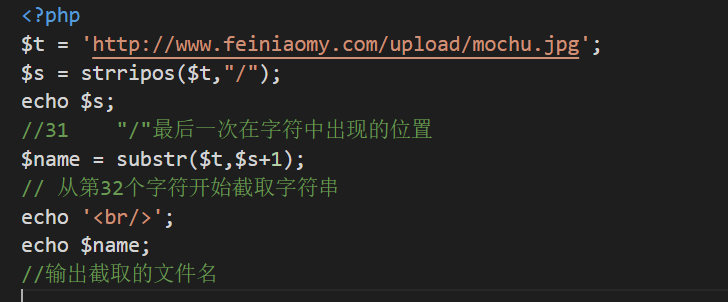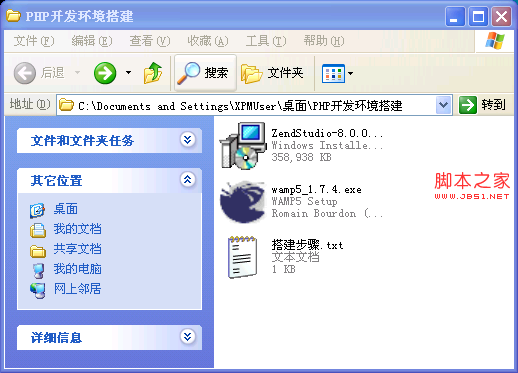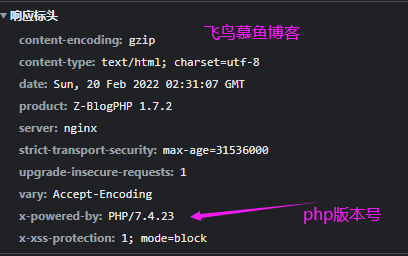本文实例讲述了Smarty高级应用之缓存操作技巧。分享给大家供大家参考,具体如下:
smarty缓存控制
smarty提供了强大的缓存功能。但有时我们并不希望整篇文档都被缓存,而是有选择的缓存某一部分内容或某一部分内容不被缓存。例如你在页面上端使用一个带有广告条位置的模板,广告条可以包含任何HTML、图象、FLASH等混合信息. 因此这里不能使用一个静态的链接,同时我们也不希望该广告条被缓存. 这就需要在 insert 函数指定,同时需要一个函数取广告条的内容信息。smarty也提供了这种缓存控制能力。
我们可以使用{insert}使模板的一部分不被缓存
可以使用$smarty->register_function($params,&$smarty)阻止插件从缓存中输出,
还可以使用$smarty->register_block($params,&$smarty)使整篇页面中的某一块不被缓存。
下面我们真对一个简单需求,分别说明这三种控制缓存输出的方法。
需求:被缓存的文档中当前时间不被缓存,随每次刷新而变化。
1、使用insert函数使模板的一部分不被缓存
index.tpl:
<div>{insert name="get_current_time"}</div>
index.php
function insert_get_current_time(){
return date("Y-m-d H:m:s");
}
$smarty=new smarty();
$smarty->caching = true;
if(!$smarty->is_cached()){
.......
}
$smarty->display('index.tpl');
注解:
定义一个函数,函数名格式为:
inser_name(array $params, object &$smarty),
函数参数可选的,如果在模板的insert方法中需要加入其他属性,就会作为数组传递给用户定义的函数。
如:
{insert name='get_current_time' local='zh'}
在get_current_time函数中我们就可以通过$params['local']来获得属性值。
如果在get_current_time函数中需要用到当前smarty对象的方法或属性,就可以通过第二个参数获得。
这时你会发现index.tpl已被缓存,但当前时间却随每次刷新在不断变化。
2、使用register_function阻止插件从缓存中输出
index.tpl:
<div>{current_time}{/div}
index.php:
function smarty_function_current_time($params, &$smarty){
return date("Y-m-d H:m:s");
}
$smarty=new smarty();
$smarty->caching = true;
$smarty->register_function('current_time','smarty_function_current_time',false);
if(!$smarty->is_cached()){
.......
}
$smarty->display('index.tpl');
注解:
定义一个函数,函数名格式为:smarty_type_name($params, &$smarty)
type为function
name为用户自定义标签名称,在这里是{current_time}
两个参数是必须的,即使在函数中没有使用也要写上。两个参数的功能同上。
3、使用register_block使整篇页面中的某一块不被缓存
index.tpl:
<div align='center'>
Page created: {"0"|date_format:"%D %H:%M:%S"}
{dynamic}
Now is: {"0"|date_format:"%D %H:%M:%S"}
... do other stuff ...
{/dynamic}
</div>
index.php:
function smarty_block_dynamic($param, $content, &$smarty) {
return $content;
}
$smarty = new Smarty;
$smarty->caching = true;
$smarty->register_block('dynamic', 'smarty_block_dynamic', false);
if(!$smarty->is_cached()){
.......
}
$smarty->display('index.tpl');
注解:
定义一个函数,函数名格式为:smarty_type_name($params, &$smarty)
type为block
name为用户自定义标签名称,在这里是{dynamic}
两个参数是必须的,即使在函数中没有使用也要写上。两个参数的功能同上。
4、总结
(1)对缓存的控制能力:
使用register_function和register_block能够方便的控制插件输出的缓冲能力,可以通过第三个参数控制是否缓存,默认是缓存的,需要我们显示设置为false,正如我们试验中的所做的那样
$smarty->register_function('current_time','smarty_function_current_time',false);但insert函数默认是不缓存的。并且这个属性不能修改。从这个意义上讲insert函数对缓存的控制能力似乎不如register_function和register_block强。
(2)使用方便性:
但是insert函数使用非常方便。不用显示注册,只要在当前请求过程中包含这个函数smarty就会自动在当前请求的过程中查找指定的函数。
当然register_function也可以做到不在运行时显示注册。但是那样做的效果跟其他模版函数一样,统统被缓存,并且不能控制。
如果你使用在运行时显示调用register_function注册自定义函数,那么一定要在调用is_cached()方法前完成函数的注册工作。
否则在is_cached()这一步缓存文档将因为找不到注册函数而导致smarty错误
Smarty用户自定义函数实例
<?php
$smarty->register_function('date_now', 'print_current_date');
function print_current_date($params, &$smarty)
{
if(empty($params['format'])) {
$format = "%b %e, %Y";
} else {
$format = $params['format'];
}
return strftime($format,time());
}
?>
在模板中使用
{date_now}
{* or to format differently *}
{date_now format="%Y/%m/%d"}
希望本文所述对大家基于smarty模板的PHP程序设计有所帮助。
本文Smarty高级应用之缓存操作技巧分析到此结束。人生像一趟有来无回的列车,开出去了,就要前行,也许路上会有障碍、险情,也许会因为种种原因而无法继续前行,但你毕竟欣赏到了沿途的风景,这风景让你哭,让你笑,让你感悟,也让你一天天变得坚强。小编再次感谢大家对我们的支持!





